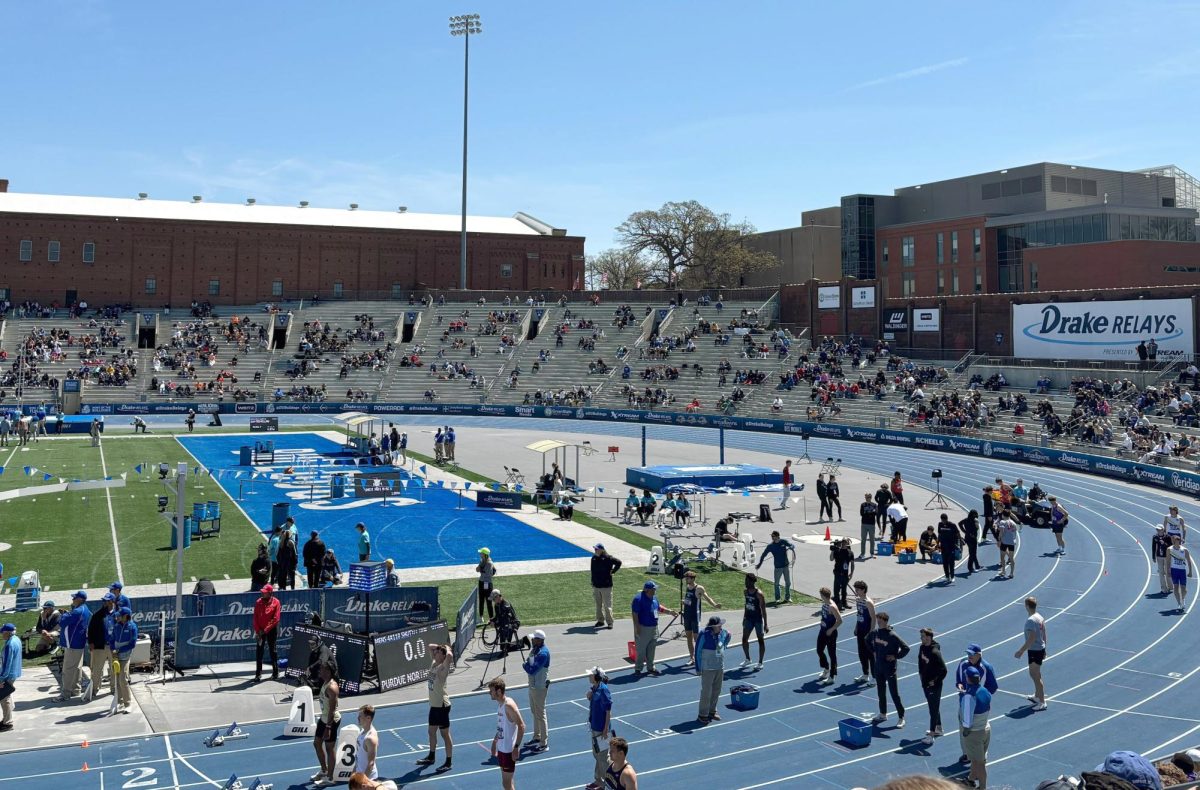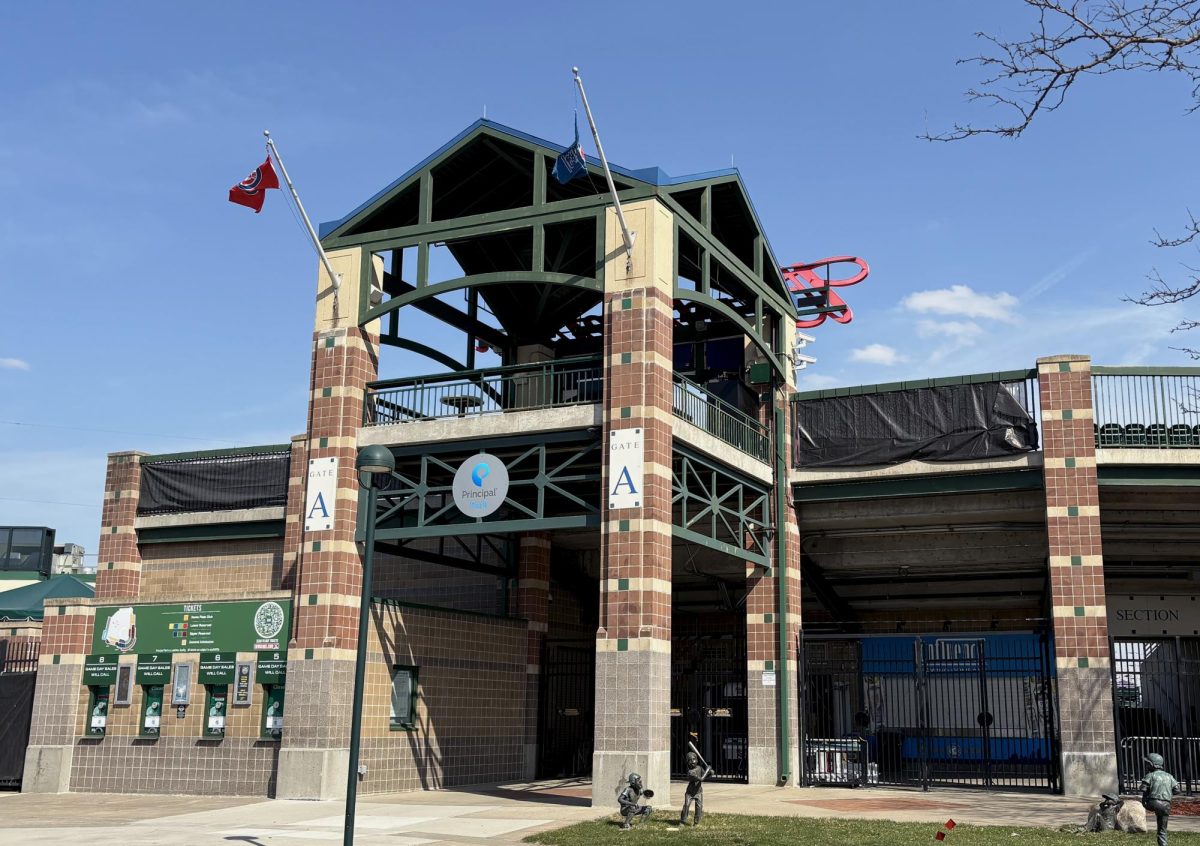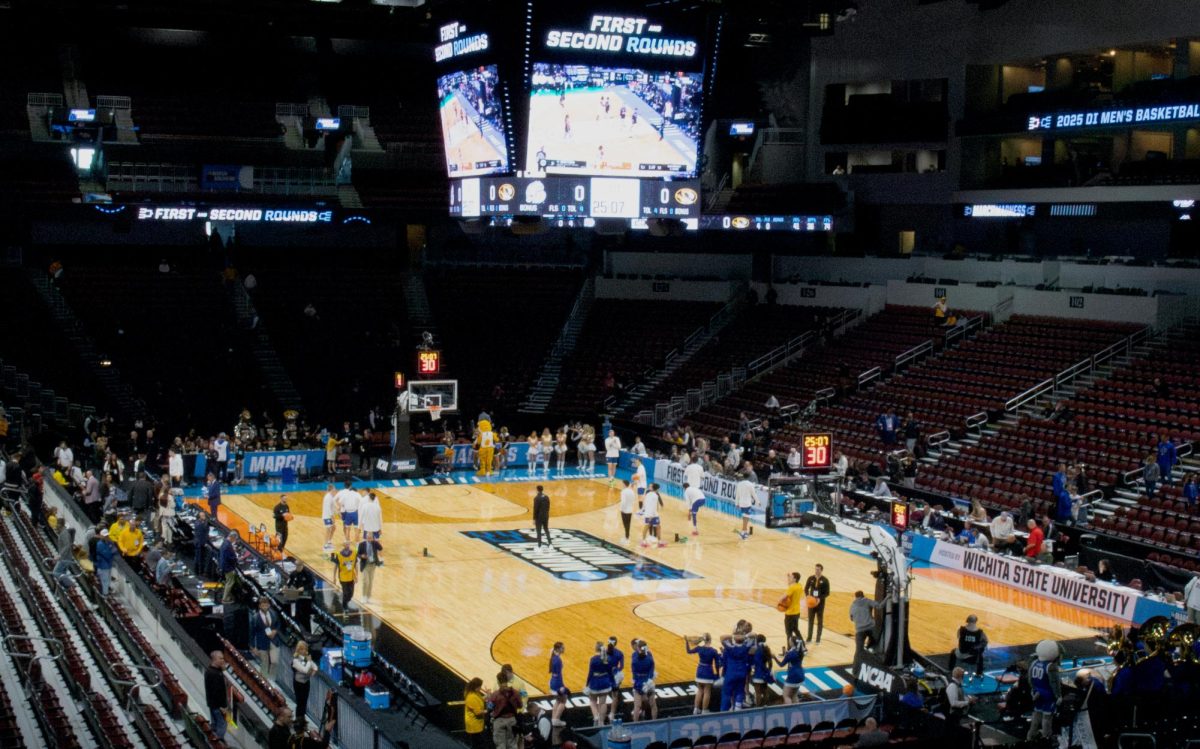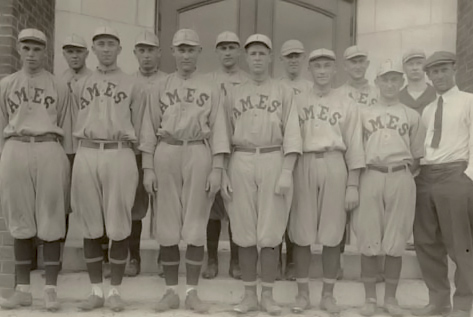Tad Unruh is a radio and sociology double major and can be contacted at tad.unruh@drake.edu.
After just finishing up ESPN’s so-called rivalry week, it is great to see rivalries alive and well. The hatred flows, and the games mean so much more than any other conference basketball game. But do rivalries mean that much anymore? In professional or college sports, the role of rivalries has diminished quite significantly for many reasons, but who is to say that they aren’t as fun?
There is a connection to the teams that are part of these rivalries for the fans, but the connection is not as strong as some others. Why do you ask? Because professional sports teams are very widespread (in the NFL and in the NBA at least). A rivalry must have history, hatred and, even more importantly, there has to be proximity.
Let us first look at the most prominent rivalries in sports and the most hatred between schools, clubs, teams or anything else. For professional sports, the rivalries have died out quite unceremoniously, sort of like bread you leave out too long: it gets moldy, and if you try to eat it, its not enjoyable, but you still have to swallow it with all of the extra crap you don’t want on it.
As a journalist, it pains me to say this, but we overplay rivalries and create storylines that don’t truly exist all of the time (GASP. THAT CAN’T BE TRUE, TAD, DON’T TELL ME THAT).
But, pro sports lack the rivalries they once had. We do have the classic rivalries that resonate through years of history: the Yankees and the Red Sox, the Celtics and the Lakers in the 60s, 80s and then short-lived 2008 (journalist created) rivalry, and the long-storied rivalry of the Packers and Bears. If I forgot your self-proclaimed best rivalry, I’m sorry, I can’t cover all of them. Overall, these rivalries are worn and torn by the media. We hope that they live up to the hype and are overstated 365 days a year.
Rivalries are held the most dearest in college. These colleges are places where you willingly give your money and spend four years to become affiliated with a school. Each school has its own rivalry or rivalries, but it is those with the most hatred that rise above the rest. These schools have four years of eligibility for players, yet football players and basketball talent leave school early to earn money in their respective professional leagues.
We have vaunted Duke-UNC basketball, the state dividing Alabama-Auburn, civil war bloodshed born Kansas-Missouri, resurgent-instate hatred of Kentucky-Louisville and longstanding Ohio State-Michigan football. Those ring with tradition, and they are all very close and very hate ridden. The reason proximity is so important is that with pro sports, you aren’t readily around people who are of opposite team affiliation. You could go a whole day after a Red Sox loss to the Yankees in Boston and only talk to Boston fans. Being a part of Alabama-Auburn and other college rivalries means working, talking, and generally being around people you love to hate for one out of 365 days a year.
So why are these rivalries dying out? There are many reasons: media over-exposure, lack of familiar faces, conference realignment and overall forced hope for good rivalries. The media, or at least sports media, create storylines as well as overplay storylines. They can also be extremely underplayed especially in showing the Cincinnati-Xavier rivalry. The basketball game between those two schools ended in a brawl and forced school-mandated game suspensions. The turnover of players to the NBA and NFL doesn’t allow people to hate or despise the same people. For example, North Carolina fans despised Christian Laettner and Bobby Hurley for their four years at rival Duke. Conference realignment is its own animal, as it threatens to separate rivalries, especially the selfish moves Missouri made abandoning its Kansas City media market and going to the SEC, leaving the Border War rivalry with Kansas. And, lastly, everyone expects rivalries to be so important and so pertinent where they may not always be.
Overall, sports rivalries are very prominent storylines, but they are becoming weakened through lack of stated rivalry or by the movement of teams into another conference. These rivalries give fans an extra attention span. The fans can circle the date, and revel or cry in their respective win or defeat at the hands of their bitter rivals.






